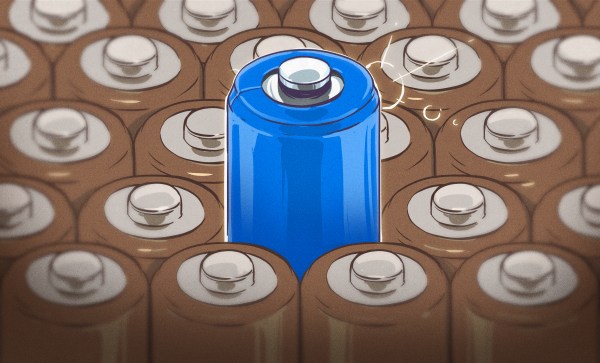This week on the Podcast, Hackaday’s Elliot Williams and Kristina Panos joined forces to bring you the latest news, mystery sound, and of course, a big bunch of hacks from the previous week.
First up in the news: Elliot was at Electronica and spotted a wild Raspberry Pi Compute Module 5. And just as excitingly, FreeCAD has finally reached version 1.0, which means it’s stable and ready for real work.
Kristina is getting tired of losing at What’s That Sound, so she’ll have to come up with some to stump you all. Can you get this week’s sound? If you can, and your number comes up, you get a special Hackaday Podcast t-shirt.
Then it’s on to the hacks and such, but first, there’s even more news and opinion to be had in Tom’s review of Prusa’s new printer, which happens to be closed-source. Then we’ll discuss another printer that prints upside-down, an elegant cyberdeck, and a cyberpunk pocket watch. Finally, we talk about the Great Redbox Cleanup, and take a look at man-made stalactites.
Check out the links below if you want to follow along, and as always, tell us what you think about this episode in the comments!
Download in DRM-free MP3 and savor at your leisure.


















